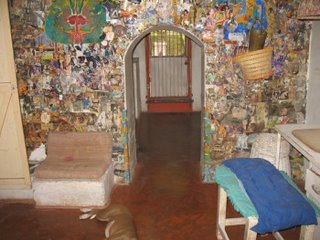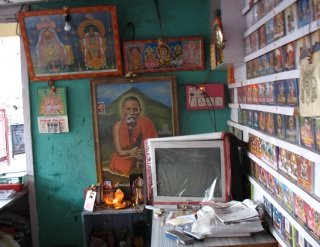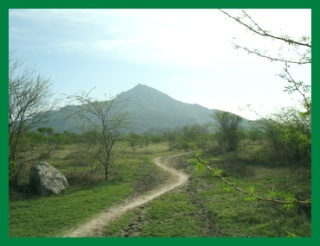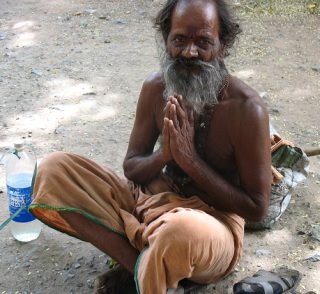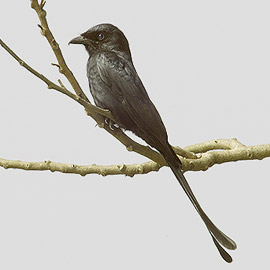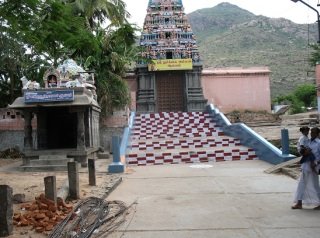
Jackfruit is not well known in Western counties. The fruit grows on tall, massive trees with each fruit dangling from its own umbilical-like cord off the trees trunk. The jackfruit is believed indigenous to the rain forests of the Western Ghats of India. It spread early on to other parts of India, Southeast Asia, the East Indies and ultimately the Philippines. It is often planted in central and eastern Africa and is fairly popular in Brazil and Surinam.
Jackfruit is the largest tree-borne fruit in the world, reaching 80 pounds in weight and up to 36 inches long and 20 inches in diameter. The exterior of the compound fruit is green or yellow when ripe. The interior consists of large edible bulbs of yellow, banana-flavoured flesh that encloses a smooth, oval, light-brown seed.
The seed, about an inch long and half-an-inch wide, is white and crisp within. There may be 100 or up to 500 seeds in a single fruit, which are viable for no more than three or four days. When fully ripe, the unopened jackfruit (which strongly resembles a sea anemone) emits a strong disagreeable odour, resembling that of decayed onions, while the pulp of the opened fruit smells of pineapple and banana
To get at the inner encased fruit one needs to carefully smear oil over hands and knife as a protection from the fruits sticky, white latex. Once the fruit has been unsheathed from its casing it will remain fresh for only several hours.
Both fruit and seed are used in curries and other food preparations; probably the most famous being in the making of jack fruit chips, a salted fried dish eaten in much the same way as potato chips.
